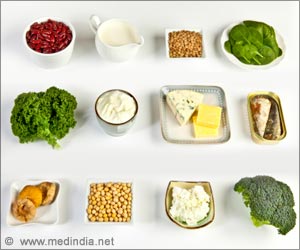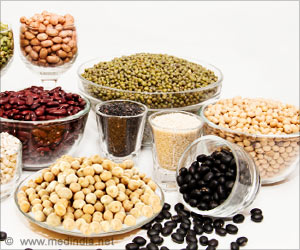Consuming an amino acid commonly found in vegetable protein is associated with lower blood pressure, a new study has revealed.
Consuming an amino acid commonly found in vegetable protein is associated with lower blood pressure, a new study has revealed.
The study, conducted by Jeremiah Stamler, M.D., lead author of the study, and colleagues, showed that a 4.72 percent higher dietary intake of the amino acid glutamic acid as a percent of total dietary protein correlated with lower group average systolic blood pressure, lower by 1.5 to 3.0 millimeters of mercury (mm Hg). Group average diastolic blood pressure was lower by 1.0 to 1.6 mm Hg.In the study, researchers examined dietary amino acids, the building blocks of protein.
Stamler, professor emeritus of the Department of Preventive Medicine in the Feinberg School of Medicine at Northwestern University in Chicago, Ill, said that glutamic acid is the most common amino acid and accounts for almost a quarter (23 percent) of the protein in vegetable protein and almost one fifth (18 percent) of animal protein.
In the study, researchers analyzed data from 4,680 middle-age people participating in an international population study on the effects of dietary nutrients on high blood pressure. Participants were from the U.S., U.K., China, and Japan.
The results showed that a nearly 5 percent higher intake of glutamic acid as a percent of total protein in the diet was linked to lower average blood pressure. Systolic blood pressure was lower by an average of 1.5 to 3.0 points and diastolic blood pressure was lower by 1.0 to 1.6 points.
Stamler said that the study might help explain on a molecular level why the Dieatary Approaches to Stop Hypertension (DASH) diet lowers blood pressure.
Advertisement
The study has been published in Circulation: Journal of the American Heart Association.
Advertisement
RAS














